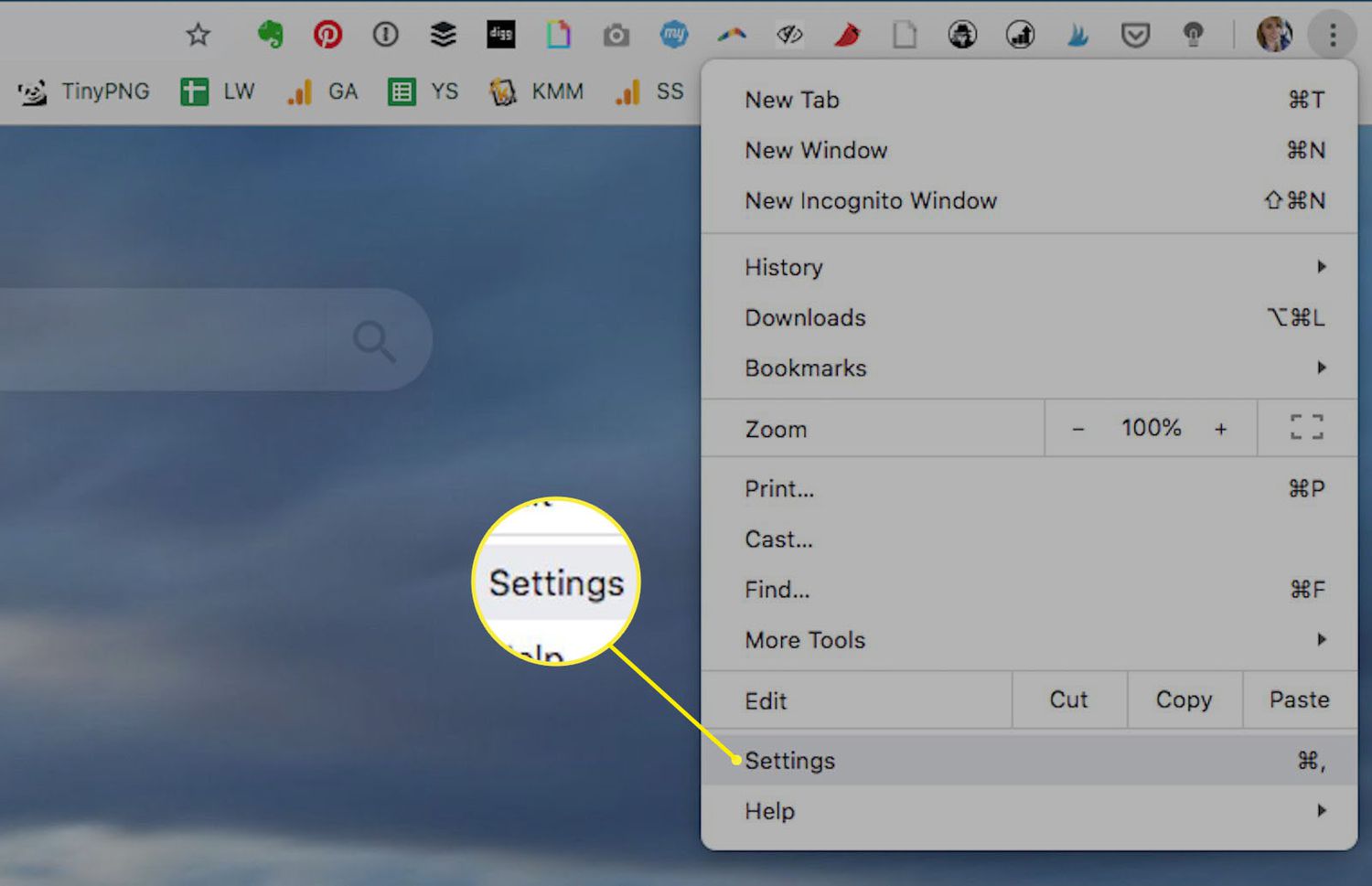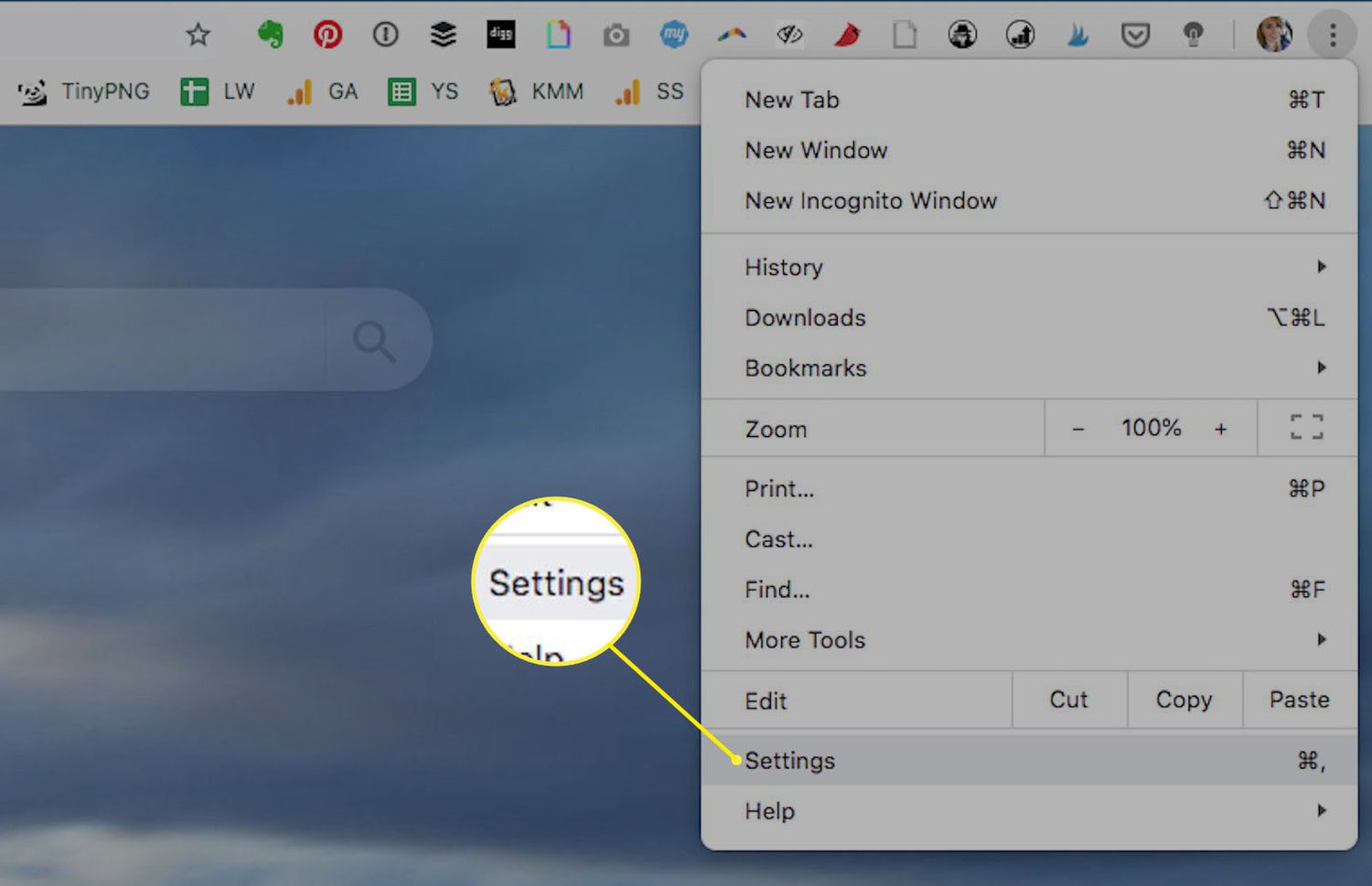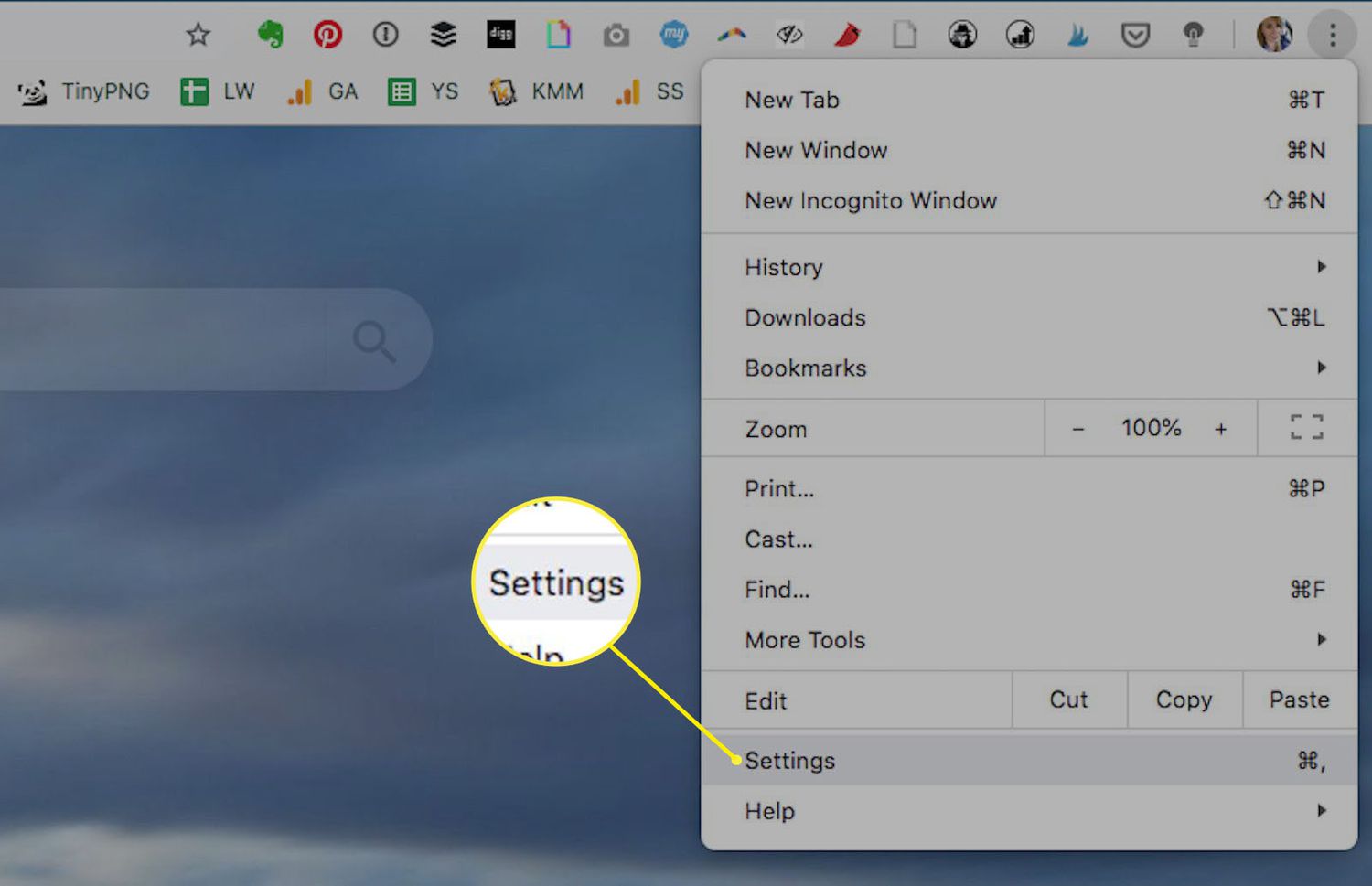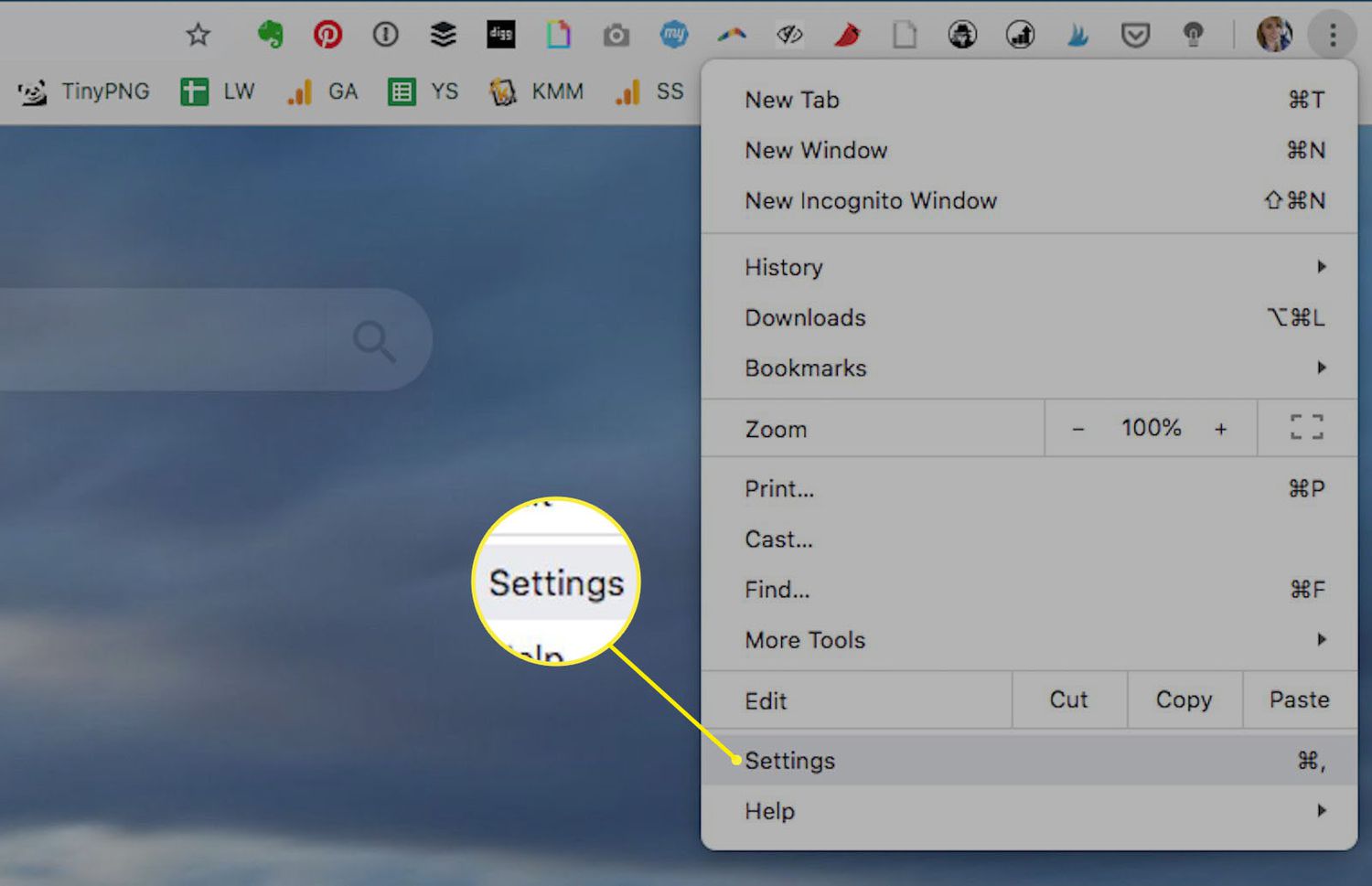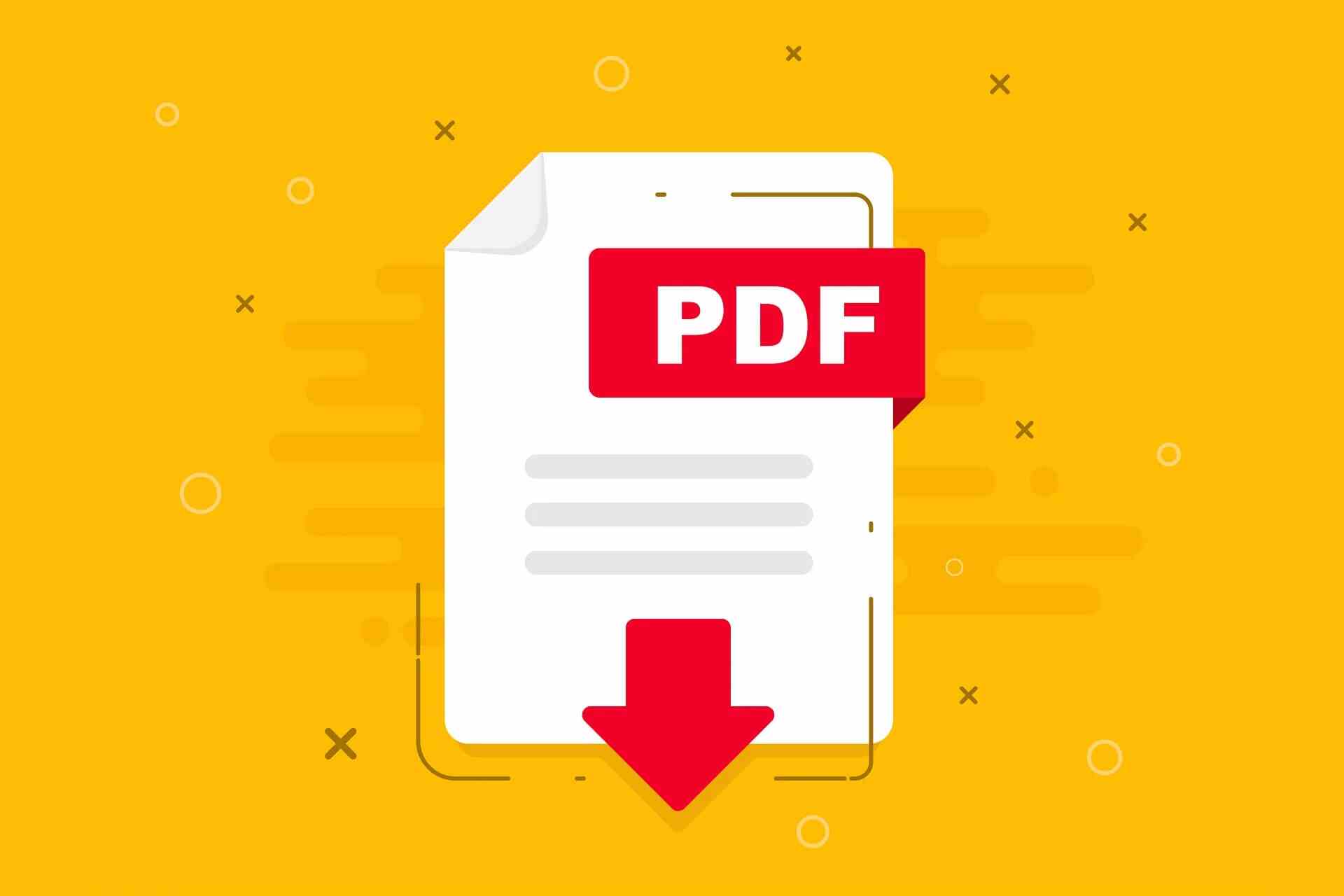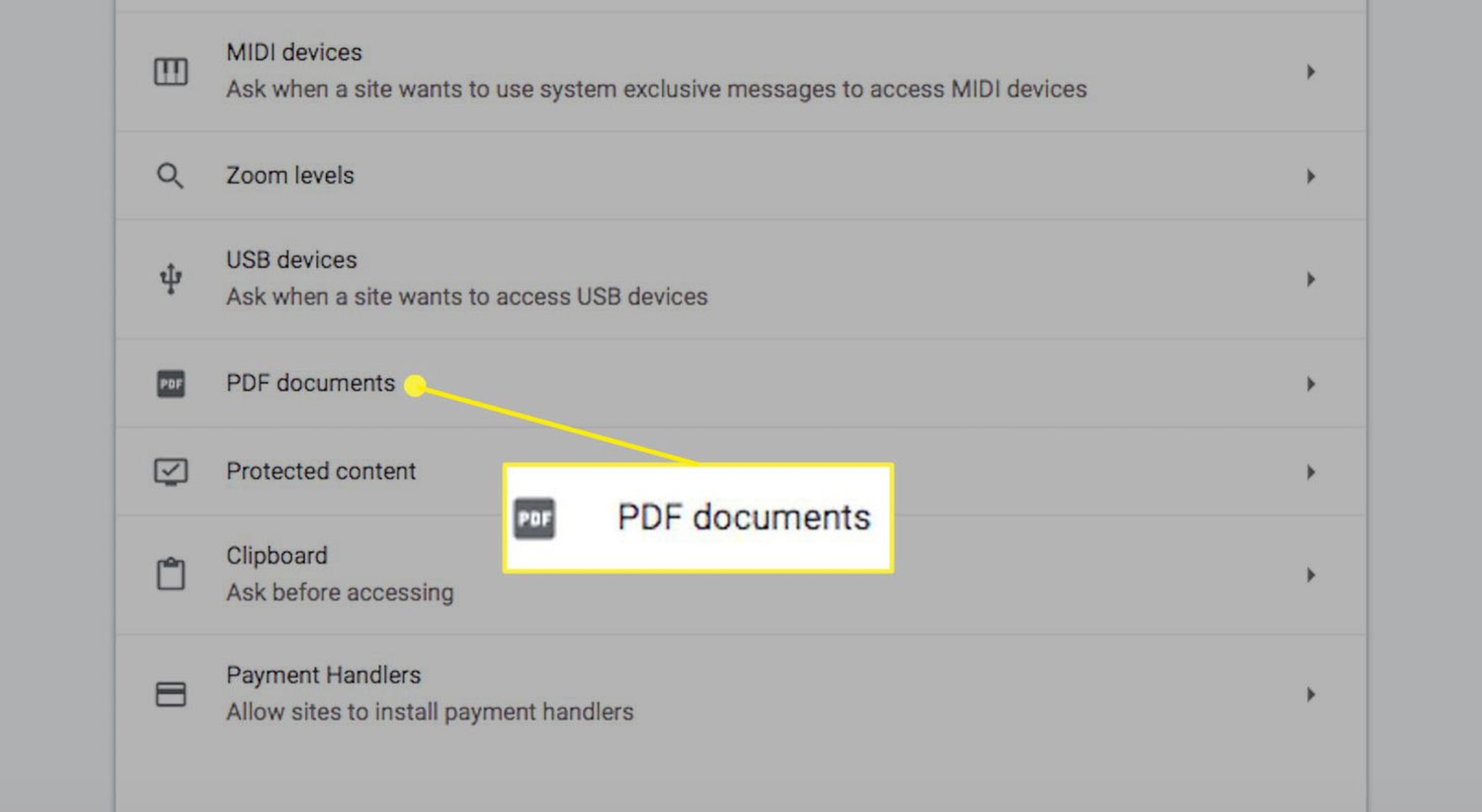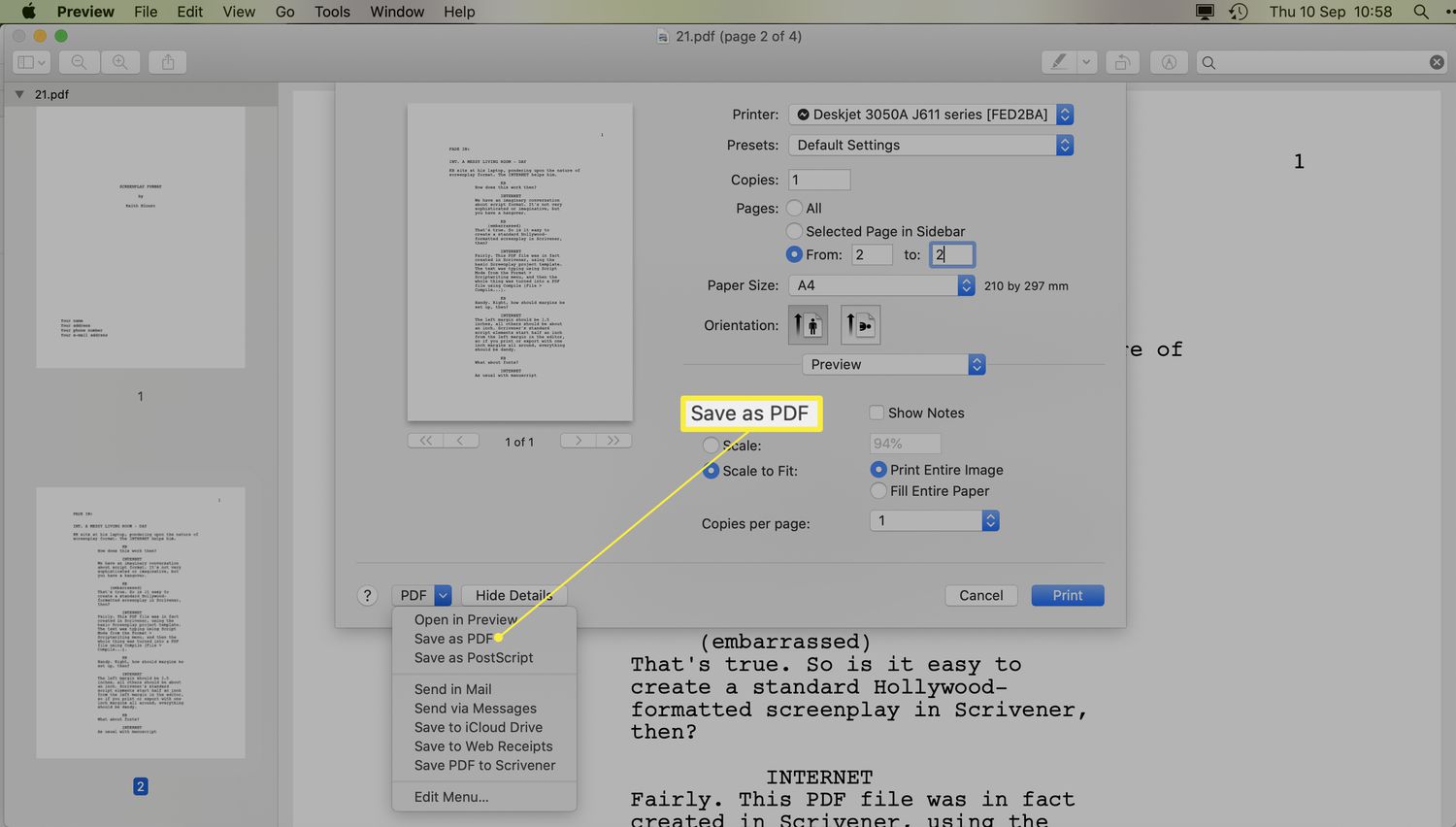Introduction
Opening PDF files in Adobe Acrobat Reader instead of Chrome can offer a more seamless and feature-rich experience. While Chrome's built-in PDF viewer is convenient, Adobe Acrobat Reader provides advanced functionalities for viewing, editing, and annotating PDF documents. By following a few simple steps, you can ensure that PDF files automatically open in Adobe Acrobat Reader, enhancing your ability to work with these files efficiently.
In this guide, we will walk you through the process of setting Adobe Acrobat Reader as the default PDF viewer on your computer. By doing so, you can enjoy the full range of features and tools offered by Adobe Acrobat Reader, including the ability to fill out forms, add comments, and digitally sign documents. Whether you're a student, professional, or simply someone who frequently interacts with PDF files, this tutorial will empower you to make Adobe Acrobat Reader your go-to application for handling PDF documents.
By the end of this guide, you will have the knowledge and confidence to seamlessly open PDF files in Adobe Acrobat Reader, ensuring that you can leverage its robust capabilities to work with PDF documents more effectively. Let's dive into the steps and unlock the potential of Adobe Acrobat Reader as your default PDF viewer.
Step 1: Download Adobe Acrobat Reader
To begin the process of opening PDF files in Adobe Acrobat Reader instead of Chrome, the first step is to download and install Adobe Acrobat Reader if it is not already on your computer. Adobe Acrobat Reader is a free, trusted standard for viewing, printing, and annotating PDFs. It is widely used and offers a comprehensive set of features that can greatly enhance your PDF viewing and editing experience.
-
Visit the Adobe Acrobat Reader website: Open your web browser and navigate to the official Adobe Acrobat Reader website. You can do this by entering "Adobe Acrobat Reader" into the search bar and selecting the official website from the search results. Alternatively, you can directly enter the URL "https://get.adobe.com/reader/" into your browser's address bar.
-
Download Adobe Acrobat Reader: Once you are on the Adobe Acrobat Reader website, you will typically find a prominent "Install Adobe Acrobat Reader" button. Click on this button to initiate the download process. Adobe's website is designed to detect your operating system and provide you with the appropriate version of Adobe Acrobat Reader for your computer.
-
Run the installer: After the download is complete, locate the installer file in your computer's downloads folder or the location where you typically save downloaded files. Double-click on the installer file to run it. This will launch the Adobe Acrobat Reader installer, which will guide you through the installation process.
-
Follow the installation prompts: The installer will present you with a series of prompts to guide you through the installation. Follow the on-screen instructions to complete the installation of Adobe Acrobat Reader on your computer. You may be asked to review and accept the terms of the Adobe Software License Agreement before proceeding with the installation.
-
Launch Adobe Acrobat Reader: Once the installation is complete, you can launch Adobe Acrobat Reader by locating it in your list of installed applications or by using the search function on your computer. Upon launching the application, you will be greeted by the Adobe Acrobat Reader interface, ready to open and interact with PDF files.
By following these steps, you can successfully download and install Adobe Acrobat Reader on your computer, setting the stage for the subsequent steps to set it as the default PDF viewer. With Adobe Acrobat Reader now installed, you are one step closer to optimizing your PDF viewing experience and harnessing the full potential of this powerful application.
Step 2: Set Adobe Acrobat Reader as the default PDF viewer
Setting Adobe Acrobat Reader as the default PDF viewer on your computer ensures that PDF files automatically open in Adobe Acrobat Reader when accessed, providing a seamless and efficient workflow for handling PDF documents. By making Adobe Acrobat Reader the default application for opening PDF files, you can take full advantage of its extensive features and tools without the need to manually select it each time you open a PDF. Here's how you can easily set Adobe Acrobat Reader as the default PDF viewer on both Windows and macOS operating systems:
For Windows:
-
Open Settings: Click on the Start menu and select "Settings" (the gear icon) to open the Windows Settings panel.
-
Navigate to Apps: Within the Windows Settings panel, click on "Apps," which will display a list of installed apps and default app settings.
-
Choose Default Apps: In the Apps settings, select "Default apps" from the left-hand menu. This will allow you to manage default app settings for various file types and protocols.
-
Set Adobe Acrobat Reader as the default PDF viewer: Scroll down to the "Choose default apps by file type" section and locate the .pdf file type. Click on the current default app (which is likely set to Microsoft Edge or another PDF viewer) and select "Adobe Acrobat Reader" from the list of available apps. This will set Adobe Acrobat Reader as the default application for opening PDF files on your Windows computer.
For macOS:
-
Open Finder: Launch Finder by clicking on the Finder icon in the macOS Dock or by selecting "New Finder Window" from the File menu.
-
Locate a PDF File: Find any PDF file on your Mac and right-click (or Control-click) on it to reveal a contextual menu.
-
Get Info: In the contextual menu, hover over "Open With" and select "Get Info." This will open the Info window for the selected PDF file.
-
Change All: Within the Info window, locate the "Open with" section and expand it if necessary. From the dropdown menu, select "Adobe Acrobat Reader" or choose "Other" if Adobe Acrobat Reader is not listed. After selecting Adobe Acrobat Reader, click the "Change All" button to set Adobe Acrobat Reader as the default application for opening all PDF files on your Mac.
By following these steps, you can easily set Adobe Acrobat Reader as the default PDF viewer on your Windows or macOS computer, ensuring that PDF files open directly in Adobe Acrobat Reader when accessed. This simple adjustment streamlines your PDF workflow and allows you to leverage the full suite of features offered by Adobe Acrobat Reader for viewing, editing, and interacting with PDF documents.
Step 3: Open PDF files in Adobe Acrobat Reader
Now that Adobe Acrobat Reader is set as the default PDF viewer on your computer, opening PDF files in Adobe Acrobat Reader is a seamless process. Whether you encounter PDF files while browsing the web, accessing email attachments, or working with documents saved on your computer, they will automatically open in Adobe Acrobat Reader, allowing you to take advantage of its robust features and tools.
When you come across a PDF file, whether it's on a website or within your file system, simply clicking on the file will prompt it to open in Adobe Acrobat Reader. This streamlined experience eliminates the need to manually select the application each time you want to view a PDF, saving you time and ensuring a consistent workflow for interacting with PDF documents.
By default, web browsers and email clients will recognize Adobe Acrobat Reader as the designated application for handling PDF files, seamlessly directing PDFs to open in Adobe Acrobat Reader when accessed. This means that whether you're accessing PDFs online or from your local storage, Adobe Acrobat Reader will be the go-to application for viewing and interacting with these files.
Once a PDF file opens in Adobe Acrobat Reader, you will have access to a wide range of features, including the ability to annotate, highlight, fill out forms, and digitally sign documents. Additionally, Adobe Acrobat Reader provides advanced tools for navigating large documents, searching for specific content, and easily sharing PDF files with others.
With Adobe Acrobat Reader as your default PDF viewer, you can confidently engage with PDF documents, knowing that you have a powerful and versatile tool at your disposal. Whether you're a student reviewing lecture notes, a professional collaborating on business documents, or an individual managing personal paperwork, Adobe Acrobat Reader empowers you to interact with PDF files in a way that suits your needs and preferences.
By following the steps outlined in this guide, you have successfully configured your computer to open PDF files in Adobe Acrobat Reader by default, unlocking the full potential of this industry-standard application for working with PDF documents. This simple adjustment enhances your ability to handle PDF files efficiently and effectively, ensuring that you can make the most of Adobe Acrobat Reader's comprehensive set of features and functionalities.







